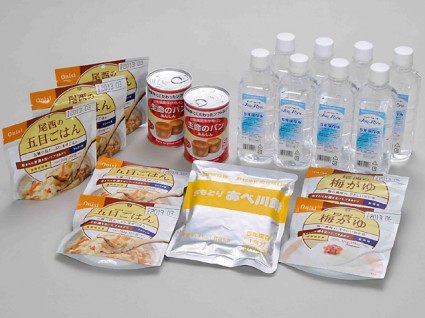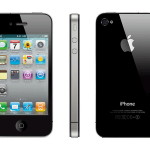Another year another trend. Time to look back on Japan’s best products of 2011 according to ad agency Dentsu. In case this is your first time with these lists, Dentsu considers people, places and events, products as well.
Take it as it is, but I kind of like looking back on what was on the minds of many Japanese; or at least what Japan’s mass media wanted on their minds. Oh and the same rules apply: selection is based on 4 major categories – sales, ingenuity, market-creation and influence.
Curious about what was big last year or the year before? Check out the previous lists.
1. Smartphones
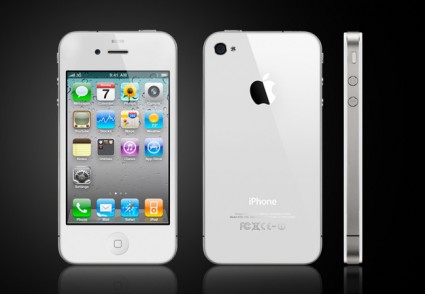
image courtesy Apple
Once again the smartphone reigns supreme, maintaining its top place on this list. Yano Research expects just over 20 million smartphone shipments in Japan in 2011, which represents an impressive 250% increase compared to last year. But then again, any new and shiny device could probably boast similar numbers. Let’s move on.
2. LED Light Bulbs
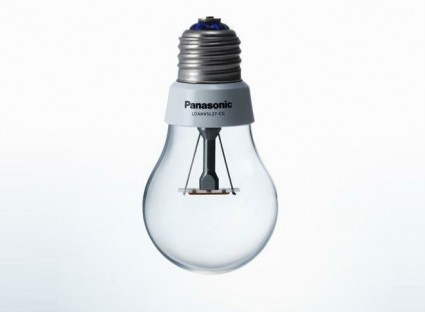
image courtesy panasonic
In the wake of the Tohoku tsunami, earthquake and nuclear disaster, one mentality that helped bring a stricken nation together was its citizens collective effort to conserve electricity. As you’ll see, energy-saving devices is a theme that will make several appearances on this list.
Pictured above is Panasonic’s LED light bulb (LDAHV4L27CG). It was noted for its use of clear glass, while its LED light source resembles a filament that can effectively disperse light in all directions. It offers a lifespan of 40,000 hours.
3. Tokyo Sky Tree
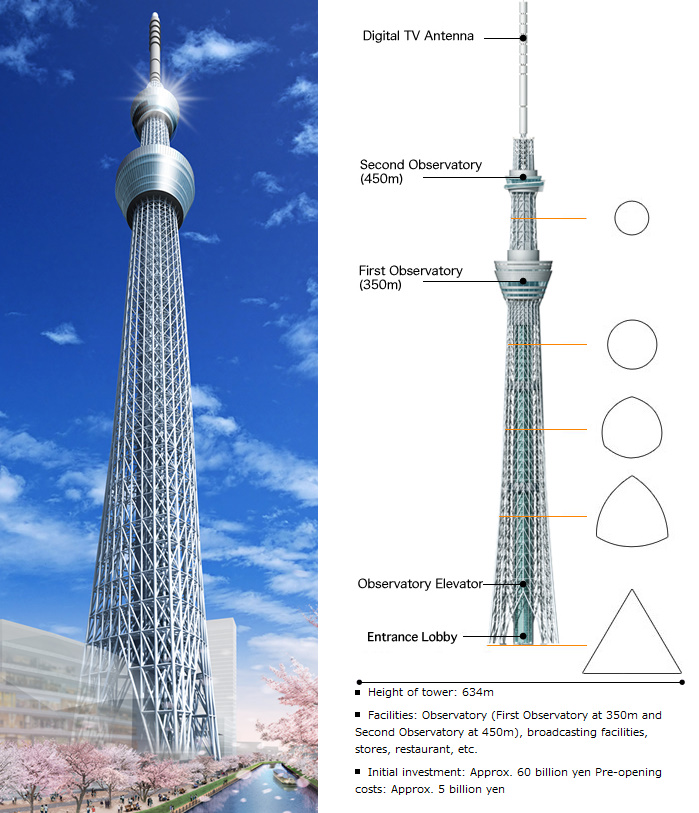
image courtesy tokyo-skytree
As the new tower for terrestrial digital broadcasting climbs higher – closer towards its 2012 completion – so does it’s place on this list (up 3 ranks from last year). As construction progressed, it was announced back in March that the tower had officially become the world’s tallest free standing tower. But it also set another, more unfortunate, record – a spike in road deaths caused be pedestrians and motorists alike who were apparently taking their eyes off the road to admire the attraction.
4. Nadeshiko Japan
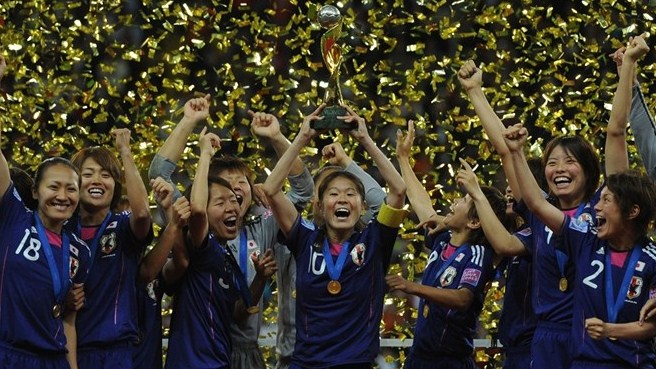
image courtesy UEFA
Nadeshiko Japan is the nickname given to the Japanese women’s soccer league. They gloriously defeated the United States in the Women’s World Cup finals in July, a time when the country desperately needed a morale boost. At one point it was reported that almost 28% of the population tuned in to watch their underdogs defeat one of the world’s top-ranked teams.
5. AKB48
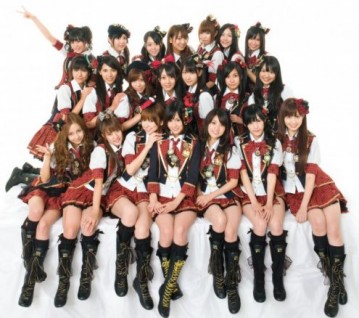
image courtesy livedoor
The all-girl idol group with an average age in the mid-to-high teens. They had a pretty fantastic year. To borrow the words of The Bruce Dickinson, these girls put their mini-skirts on just like the rest of us – one leg at a time. Except once their mini-skirts are on they make gold records! Thanks to a robust following of otaku supporters who are seemingly immune to the economy, their 2011 singles – sakura no ki ni narou, Everyday kachusha and Flying Get – all catapulted into the millions soon after release.
6. Mana Ashida

Mana Ashida in the Asian remake of Ghost | courtesy nipponcinema
Mana Ashida, a 7-year old child actress, swept Japan with kawaii fever after starring in several high-profile TV series, as well as a couple variety shows. She released a solo album (yes she can sing too) on November 23, which landed her 8th in the oricon weekly top 10 chart.
7. Hybrid Cars
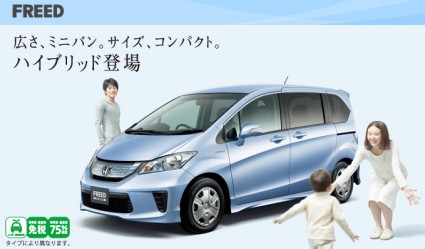
image courtesy Honda
Hybrid cars got a boost from eco-conscious consumers looking for further ways to save on resources other than their own. Pictured above is the Honda FREED, a much anticipated hybrid minivan that just recently went on sale.
8. Emergency supplies and survival food
There’s a big difference between strategically devising a contingency plan and panicky housewives going out and stockpiling natto. Both were results of the earthquake and tsunami but the lasting impact had to do with the prior. The devastating realities in the wake of the tragedy served as a chilling reminder that it can’t hurt to be prepared. Some of the more popular survival foods that people decided to include in their survival kits were kanpan (hardtack), cup ramen and instant curry.
9. Electric fans
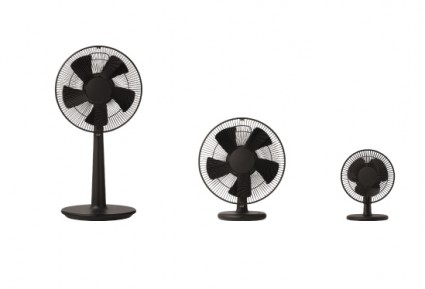
image courtesy plus minus zero
Although not as energy-efficient as their hand-powered brethren, the electric fan became a popular replacement for air conditioners in the country’s communal attempt to conserve electricity
10. Chideji (digital terrestial broadcasting) Wide Screen Flat Panel TVs
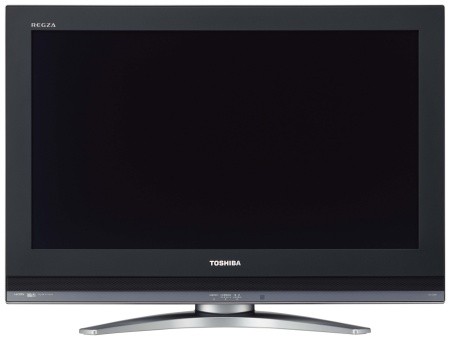
Although falling a few ranks versus last year, the chideji TVs managed to squeeze onto the top 10 as the country phased out their analog broadcasting over the summer. Procrastinating consumers raced to secure uninterrupted television service, casually ignoring the fact that all you really need is an 8000-yen chideji tuner. But then again, who doesn’t love a brand-new-sparkling flatscreen TV?
source: Dentsu (PDF)

